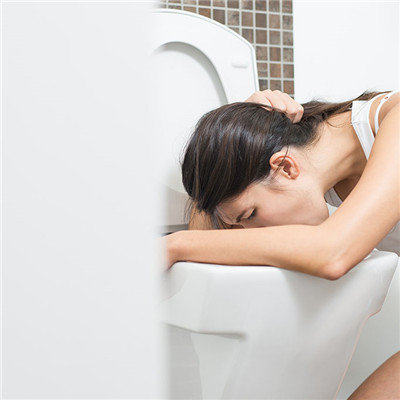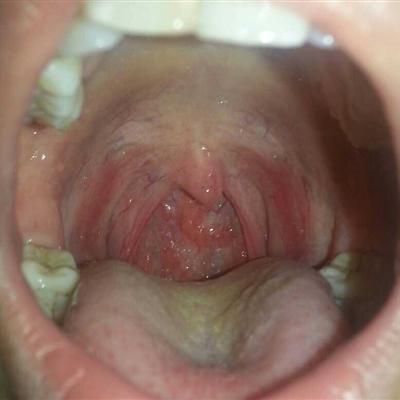What is the middle ear mastoid CT scan?
summary
It's hard to find someone who has ear problems in daily life. Now let's take you to know about the plain CT scan of middle ear and mastoid. Mastoid CT examination can clarify the scope and degree of otitis media and mastoiditis, especially with cholesteatoma and bone destruction, so as to provide the surgical plan. If you don't say much, follow me to find out the relevant situation.
What is the middle ear mastoid CT scan?
Abnormal results: the simple type showed different degrees of soft tissue density focus in the middle ear cavity, increased density of mastoid and decreased air chamber. In the bone ulcer type, the soft tissue focus in the middle ear cavity was combined with destruction of sigmoid sinus, part of skull and ossicles, and the edge of bone destruction was not clear. In cholesteatoma type, soft tissue density shadow in tympanic cavity, ossicular chain destruction and displacement, enlargement of superior tympanic cavity and tympanic sinus, and destruction of lateral wall of tympanic cavity were found; The tegmen of tympanic cavity, medial wall of tympanic cavity, lateral semicircular canal, facial nerve canal and sigmoid sinus were destroyed, and sclerotic ring often appeared at the edge of bone destruction cavity. Through mastoid CT examination, the scope and degree of otitis media and mastoiditis, especially with cholesteatoma and bone destruction, can be determined, so as to provide a surgical plan. People to be examined: Patients with otitis media and mastoiditis.
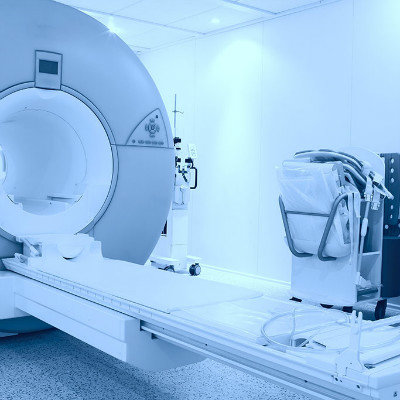
The imaging was normal, the density of soft tissue was uniform, the height of mastoid was normal, and the ossicle, bone and superior tympanic chamber were not damaged. Unsuitable population: (1) those with allergic constitution or allergic history of ionic contrast agent (if using ionic contrast agent, iodine allergy test should be done first). (2) heart, lung, liver and kidney dysfunction. (3) infants and elderly patients over 60 years old.
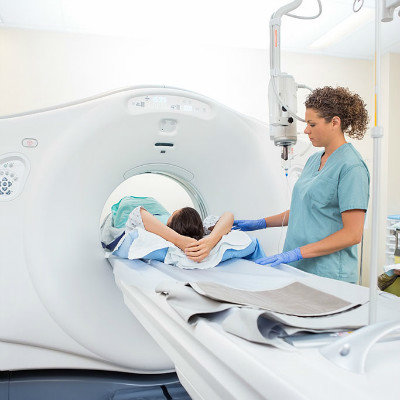
Contraindications before examination: (1) before examination, the CT doctor should be informed of the detailed medical history and various examination results. If he has his own preserved X-ray film, magnetic resonance film and previous CT film, he should submit them to the CT doctor for reference. (2) to explain to the doctor whether there is drug allergy, whether suffering from asthma, urticaria and other allergic diseases. (3) remove the inspected parts, including underwear with metal substances and various items, such as headdress, hairpin, earring, necklace, jade pendant, coin, belt and key, etc. (4) for enhanced CT scan or for children or delirium, a healthy person should accompany them. (5) if ionic contrast agent is used in enhanced CT scan, iodine allergy test should be done by intravenous injection of contrast agent, and no reaction can be made after 20 minutes. (6) no barium test was performed in one week. Patients who have been examined with barium should wait until the barium is emptied; Those who are eager for CT examination should be given clean enema or oral antidiarrheal drugs to make barium excretion, and then CT examination. The examination requirements: (1) the examination process with the doctor's command to do a good job, do not randomly move, in order to ensure the clarity of the radiography. (2) the CT machine is equipped with walkie talkie. In case of discomfort or abnormal situation, the doctor should be informed immediately.
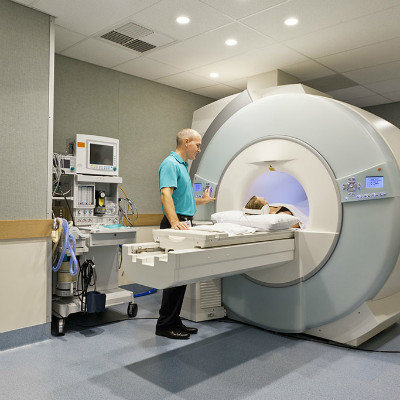
matters needing attention
The position and scope of plain scan: cross section, supine position, continuous scan upward to the coronal plane of the tympanic sinus cover, prone position, continuous scan backward from the front edge of the external auditory foramen with the coronal line perpendicular to the orbital line, scanning reference line: transverse scan - orbital line (supine position), coronal scan - coronal line (prone position) layer thickness and interval: 0.5-2mm, Thin layer 3-5mm. Window width and level: soft tissue window: l30-50hu, window width: w250-300hu, bone window: l250-500hu, window width: w1000-1600hu. Other requirements: high resolution algorithm.










